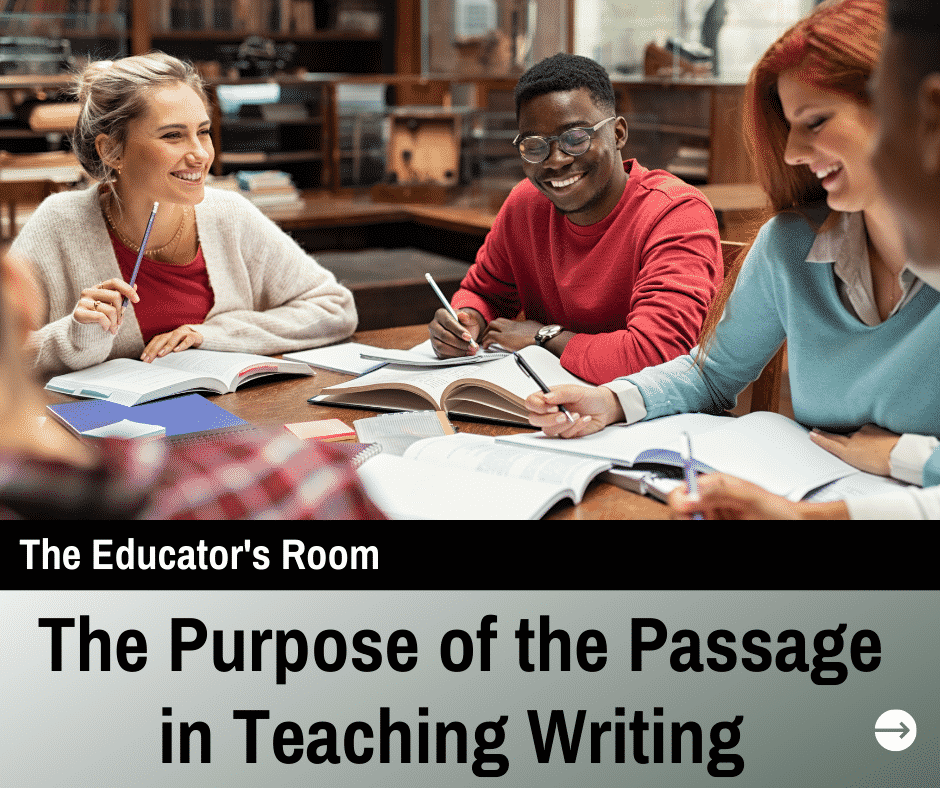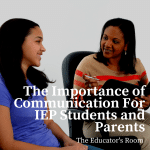
Alison Levine teaches Creative Writing at a public elementary school in Coconut Creek, Florida. She has been a gifted resource teacher, an elementary school classroom teacher and a middle school language arts teacher. She is passionate about reading current research on education and implementing new strategies in her classroom. Alison loves taking long walks and spending time with family and friends. She especially loves being a mom to her two children, Charlie and Hannah.
Handing out prompts and passages to elementary school students has become a common instructional practice for teaching children to write informational and opinion papers.
Before becoming our school’s Creative Writing teacher, I was a classroom teacher. I watched students copy words from passages and “paste” them into their writing. As I read their papers, I saw that many of my students had little or no understanding of how these borrowed words provided information or textual evidence to support the purpose of their papers.
If my students were going to write opinion and informational papers that were clear and meaningful, I needed to take responsibility for the fact that so many of them did not understand the meaning of the passages in front of them. I had no other choice but to try something new.
At some point, I came to the realization that if my students did not have the passages in front of them, they could not copy words they did not understand. From that day forward, I made sure that my students had many opportunities where they wrote without the passages in front of them. They would get their writing paper once they finished reading.
Students who felt confident about what they had read handed me their passages in exchange for writing paper, and those who were struggling to understand what they were reading met with me so I could give them the support they needed. Once they felt confident about what they read, they received their writing paper too.
I know that students cannot receive help with passages during formal writing assessments, but that does not mean that classroom teachers must follow the same guidelines when teaching writing. I immediately saw a difference in their writing when I held them accountable for understanding what they read. They were clearly becoming more independent and more confident writers.
My students were also becoming more aware of what they did and did not understand, constantly asking for their passages back, realizing that when they returned to write without the passages in front of them, they needed to reread, to gain a deeper understanding. I always handed their passages back with the stipulation that I would return their writing when they returned their passages.
I understood that what I did was different from what they would experience on a formal writing assessment, but my job was to let my students experience how it felt to be a writer, and that started with a deep understanding of the passages that went along with the prompts. I knew that if they did not have the passages in front of them, they would not be able to provide direct quotes and very specific details, but that was okay. My students learned that if they were going to use the words from someone else, they had to know what those words meant.
Teaching students how to cite evidence and extract information from passages takes time and patience. Teaching writing is not just about giving students practice taking a writing test; it is about supporting students on their personal journeys to becoming thoughtful, analytical writers who understand the purpose of their writing.






